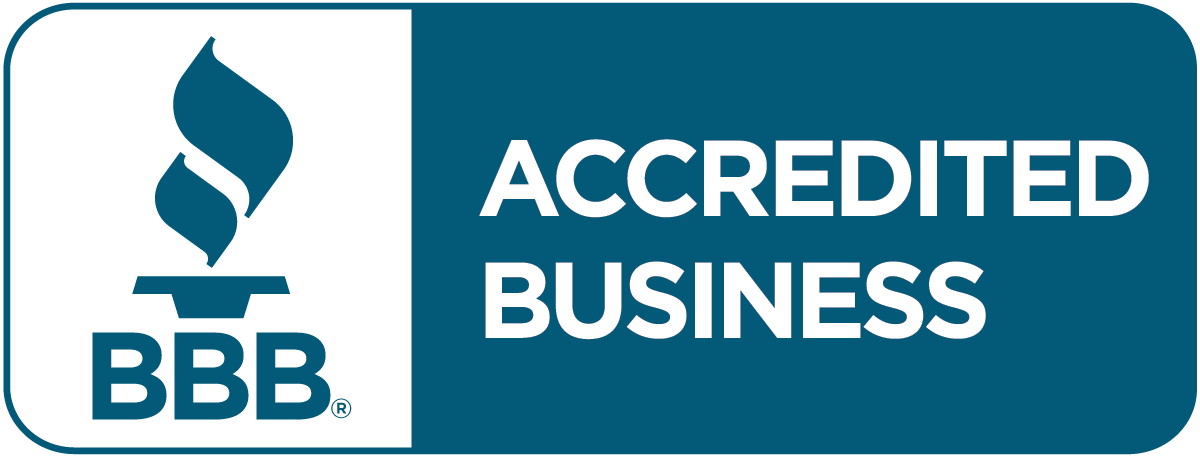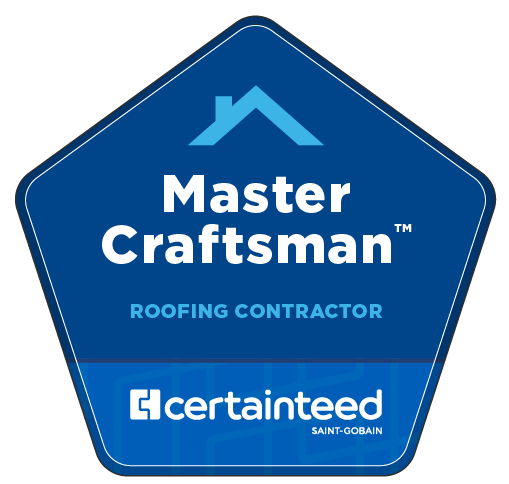The Essential Guide to Board and Batten Siding
THE ESSENTIAL GUIDE TO BOARD AND BATTEN SIDING
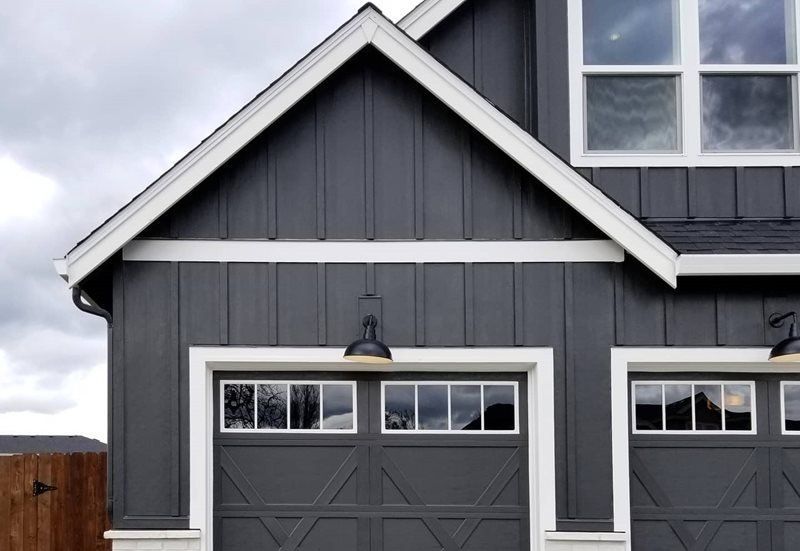
You’re probably already familiar with board and batten siding, even if you weren’t sure what to call it. You may have seen it all over Pinterest boards and Instagram feeds, gracing the pages of design magazines, or even on the exteriors of homes in your own neighborhood.
While it’s a hot trend right now, the style actually dates back nearly 200 years. And that may be part of its appeal to homeowners.
“Whenever you can take something old and reuse it in a modern elevation, it’s going to be appealing in my mind,” said Elizabeth Mathieson, head of design at M House, a Naperville, Illinois-based custom home-building firm.
WHAT IS BOARD AND BATTEN SIDING?
The style evolved in the United States as a more efficient alternative to the log cabin. Barns and houses with board and batten siding were inspired by Nordic European buildings and gained popularity in America sometime around the middle of the 19th century.
Traditionally, board and batten siding starts with wide vertical planks (boards), which are then joined together by thin vertical strips (battens) to cover the seams. Homesteaders and farmers would use sawmills to cut the long boards, and the battens were put in place to make the structure as airtight as possible. Farmers embraced the style when building barns because the technique was inexpensive, assembly was relatively simple, and the result was energy efficient.
Today, wide panels are used as the primary siding and the batten strips are typically decorative, which gives home designers lots of creative license.
HOW TO USE BOARD AND BATTEN SIDING
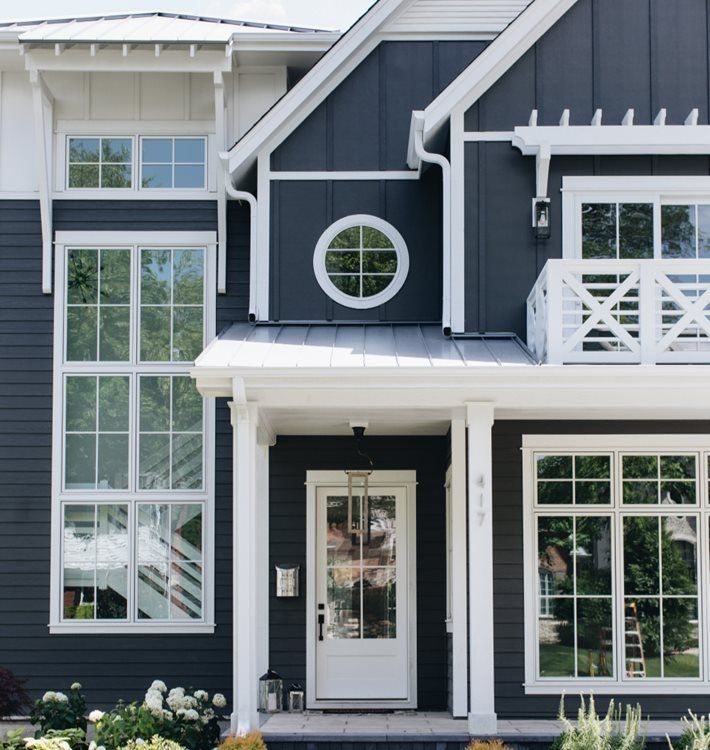
The style provides the versatility to create an ultra-personalized aesthetic. Mathieson said designers can play with the batten spacing, and incorporate other materials or siding profiles, to create both modern and more traditional looks.
For example, if you’re thinking about
designing a modern farmhouse that uses board and batten siding for the entire façade, Mathieson recommends wider spacing to achieve an elegant, modern aesthetic that doesn’t look too busy.
Mathieson has also gone the opposite direction and used very tight batten spacing in a dark color to create a very modern, textured wall.
While the look can certainly be used as the main focus of an elevation, Mathieson said it can also be successfully used for gable detail.
“If you do tighter spacing right up in the peak, it almost gives the look and feel of an applied grate,” Mathieson said.
To avoid an aesthetic that’s too specific to the farmhouse trend, Mathieson prefers to use the look in conjunction with another siding profile, such as
HardiePlank® lap siding. The result, she said, is a more modern, and typically more appealing, design.
BOARD AND BATTEN SIDING EXAMPLES
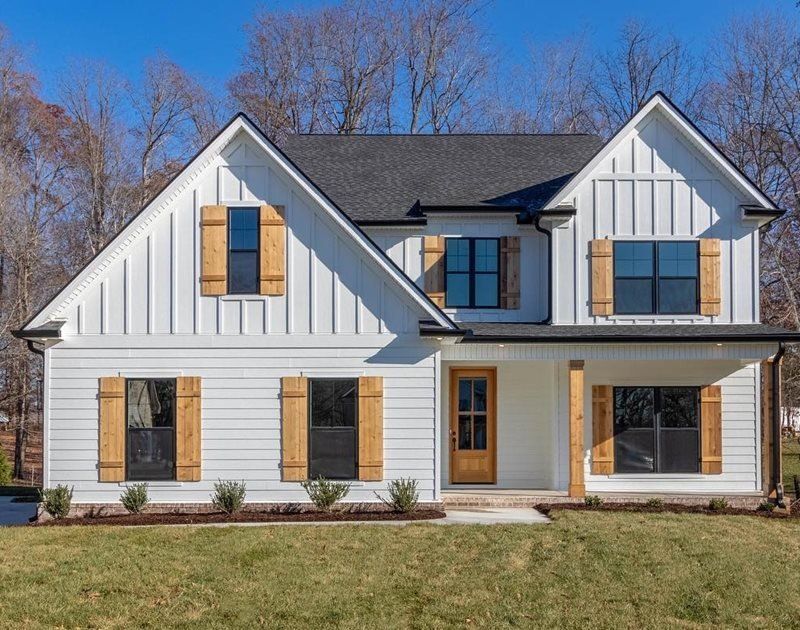

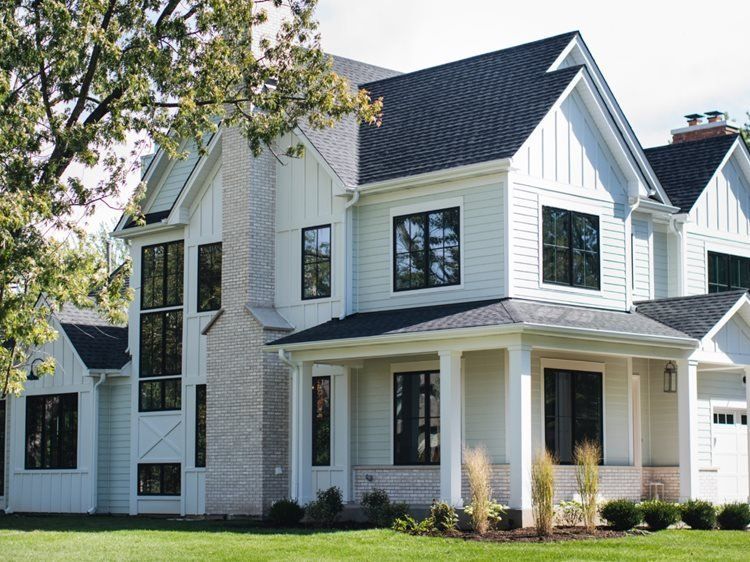
How to Get the Board and Batten Look with James Hardie® Products
This siding style was traditionally made of wood. But
wood siding is vulnerable to moisture damage, invites insects like termites, and requires more ongoing maintenance.
Modern building products, like fiber cement siding, make it possible to achieve an identical aesthetic with more durable materials for a lower-maintenance siding solution. James Hardie fiber cement siding is engineered to stand up beautifully, whatever the elements, and comes with the option for an authentic woodgrain finish.
To achieve the look, you’ll use
HardiePanel® vertical siding as your base material. You’ll be able to choose from a variety of colors and textures to achieve a precise aesthetic that reflects your personal taste. You’ll complete the look with
HardieTrim® batten strips, which are decorative 3/4-inch thick, strips.
The final design is limited only by your imagination. Board and batten siding provides unique exteriors to houses across the country. It’s a classic design style that can help your home keep its curb appeal for years to come.
We are a proud install for James Hardie Siding in Columbus, Ohio! Call us if you are ready to replace the siding on your home!
Source:
James Hardie
Contact Ohio Exteriors Today for Your Home Renovation Needs
If you want top-quality products and uncompromising customer service, make Ohio Exteriors your trusted Columbus contractor today. Call us at
(614) 683-2267 or submit our online request form for more information.

